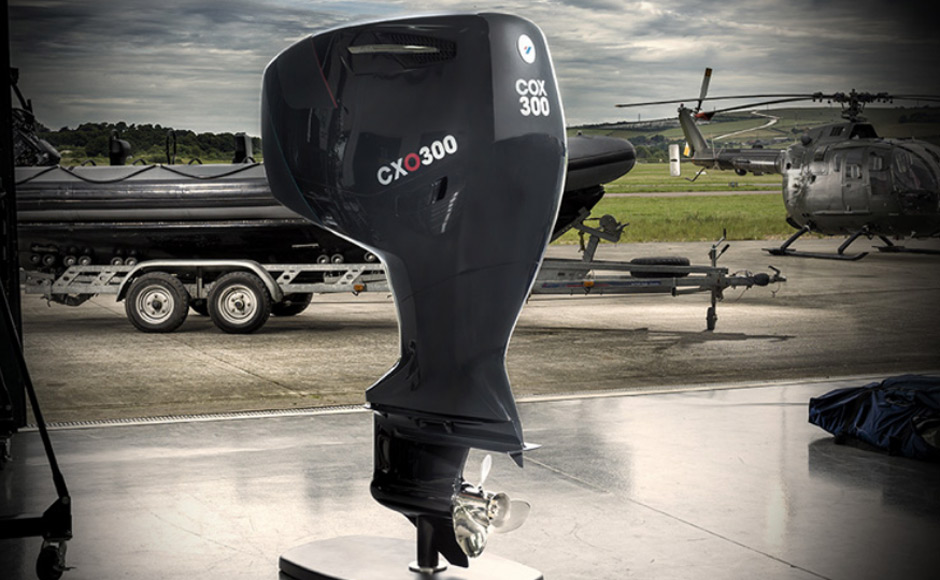We have already Mercury Racing 175 DSI, OXE and Neander. Now, it’s two new units arriving at the same time: the small Yanmar Dtorque 111 and the relatively large Cox CXO300. There’s much attention on them, but will there be a page turn for the leisure boating market?
We don’t think so, for quite an obvious reason. How many hours do we normally use our motors in one season? In most cases, a number that does not justify a much higher purchase price than a gas engine.
Still, there is a niche for these engines. For example, Mercury had been specifically requested by the US Navy to no longer handle gas on its ships, which only served for outboards, but only diesel fuel that has many other uses. Then there’s professional applications, fishing or sea rescue for instance, which require several hours of use.
Yanmar to Cox, here’s the new diesel outboards
The Yanmar Dtorque 111 has already established a record: the 50 HP unit is the smallest diesel outboard, and will be distributed by the Germany-based Neander who commissioned it to the Japanese manufacturer. If the power is 50 HP, why call it 111 then? This number refers to the torque of 111 Nm (at 2,500 rpm), while the displacement of this Common Rail turbocharged two-cylinder is 804 cc. An advantage over the gasoline models is highlighted by the manufacturer: they reckon its operating life to exceed 10,000 hours. A peculiar architecture features two counter-rotating elbows enclosed in an aluminum block, a solution that reduces the vibration and noise characteristic of a traditional two-cylinder diesel. Extremely compact, the Yanmar Dtorque 111 is also frugal and green: it complies with EU RCD2 regulations and, at full power, burns less than 12 liters of diesel per hour.
As for the Cox CXO300 diesel outboard, the English engine features a state-of-the-art architecture: eight counterposed cylinders for a displacement of 3.7 liters and a maximum power of 300 HP, with a torque of 550 Nm at 4,500 rpm . This high-performance motor uses of course the common rail injection and weights around 300 kilos. In this case, the intention is to propose it to a professional market, with particular attention to superyacht tenders so, just like the US Navy, there’s won’t be any more the issue of having gas on board.











Follow Us
1251 Fans